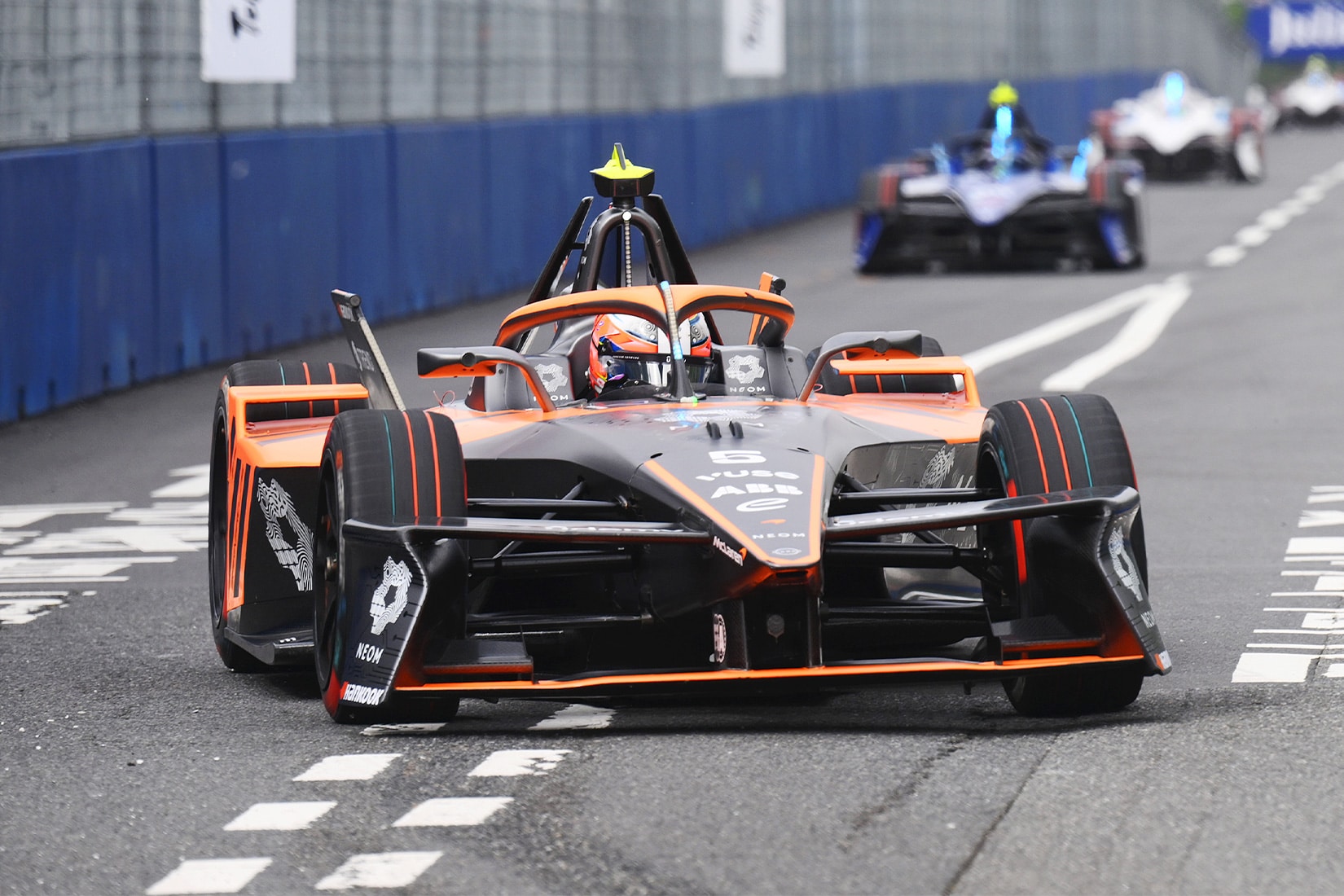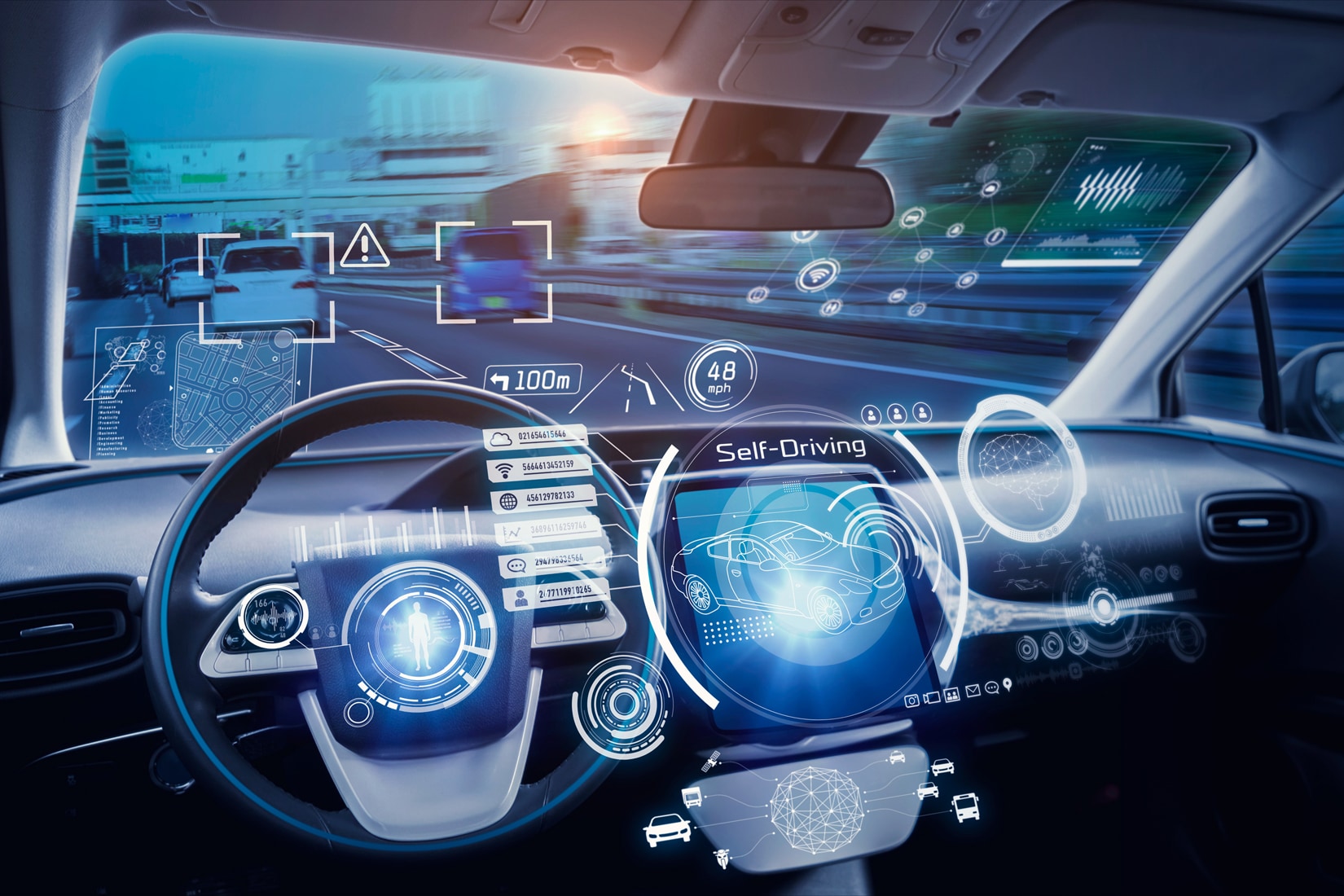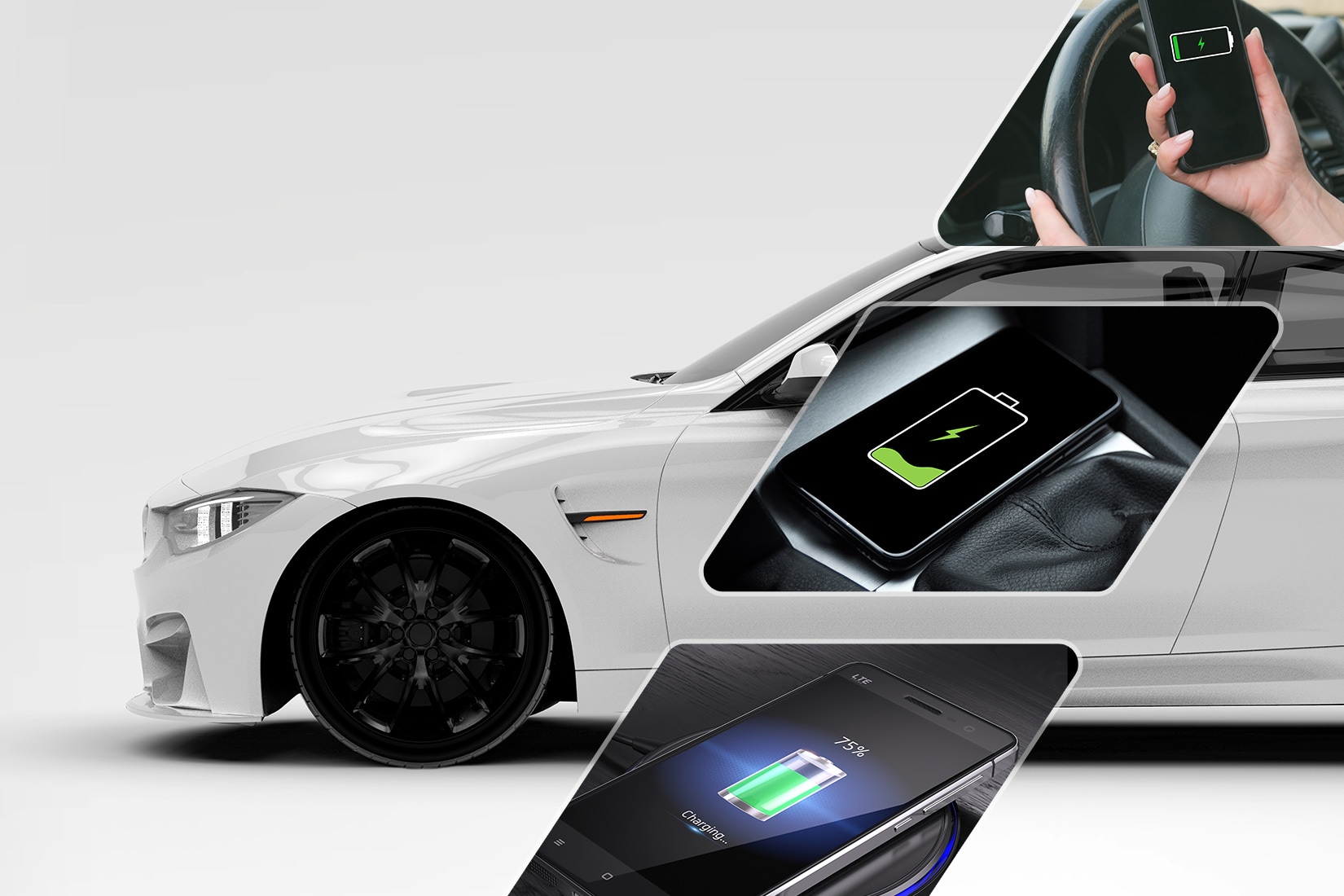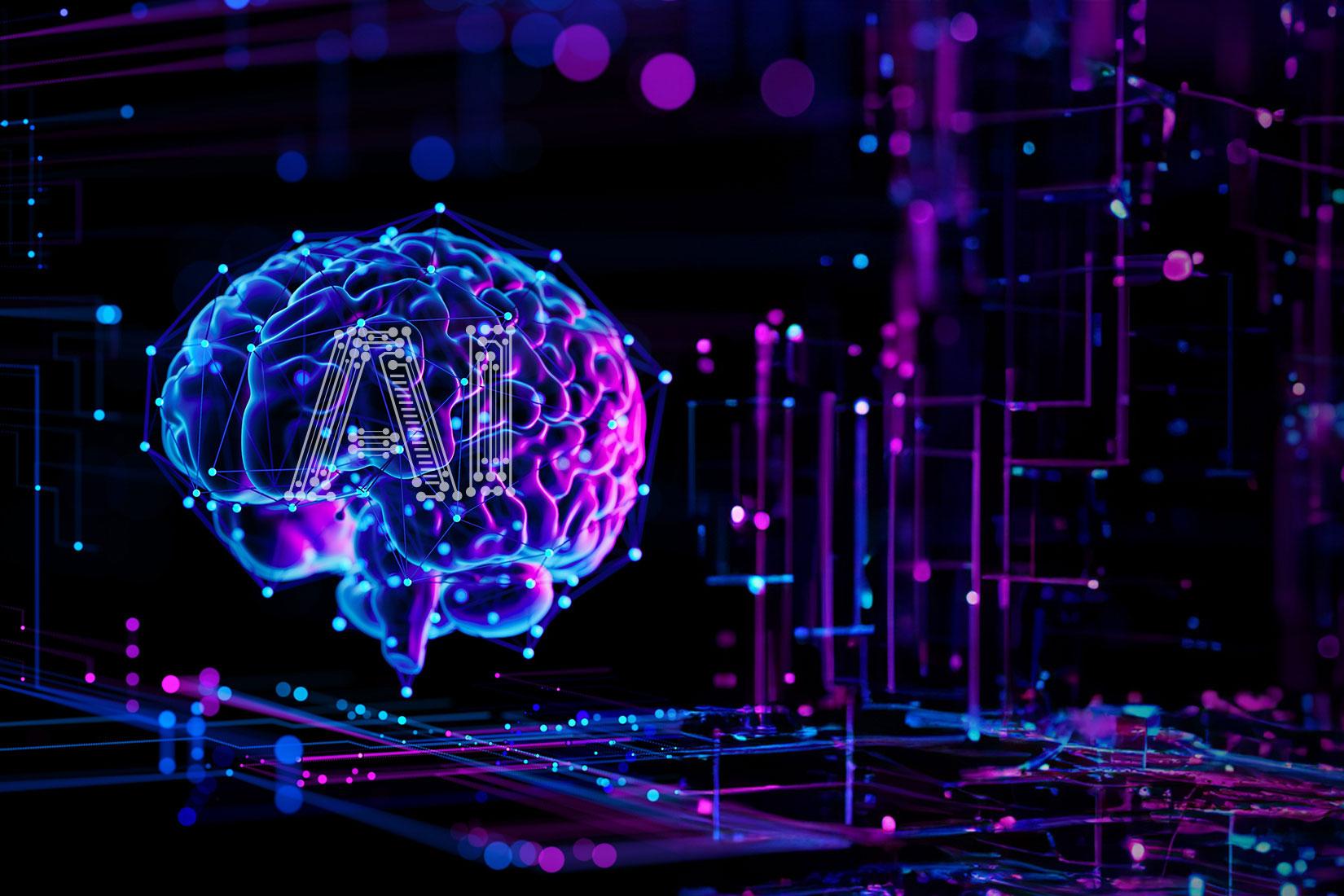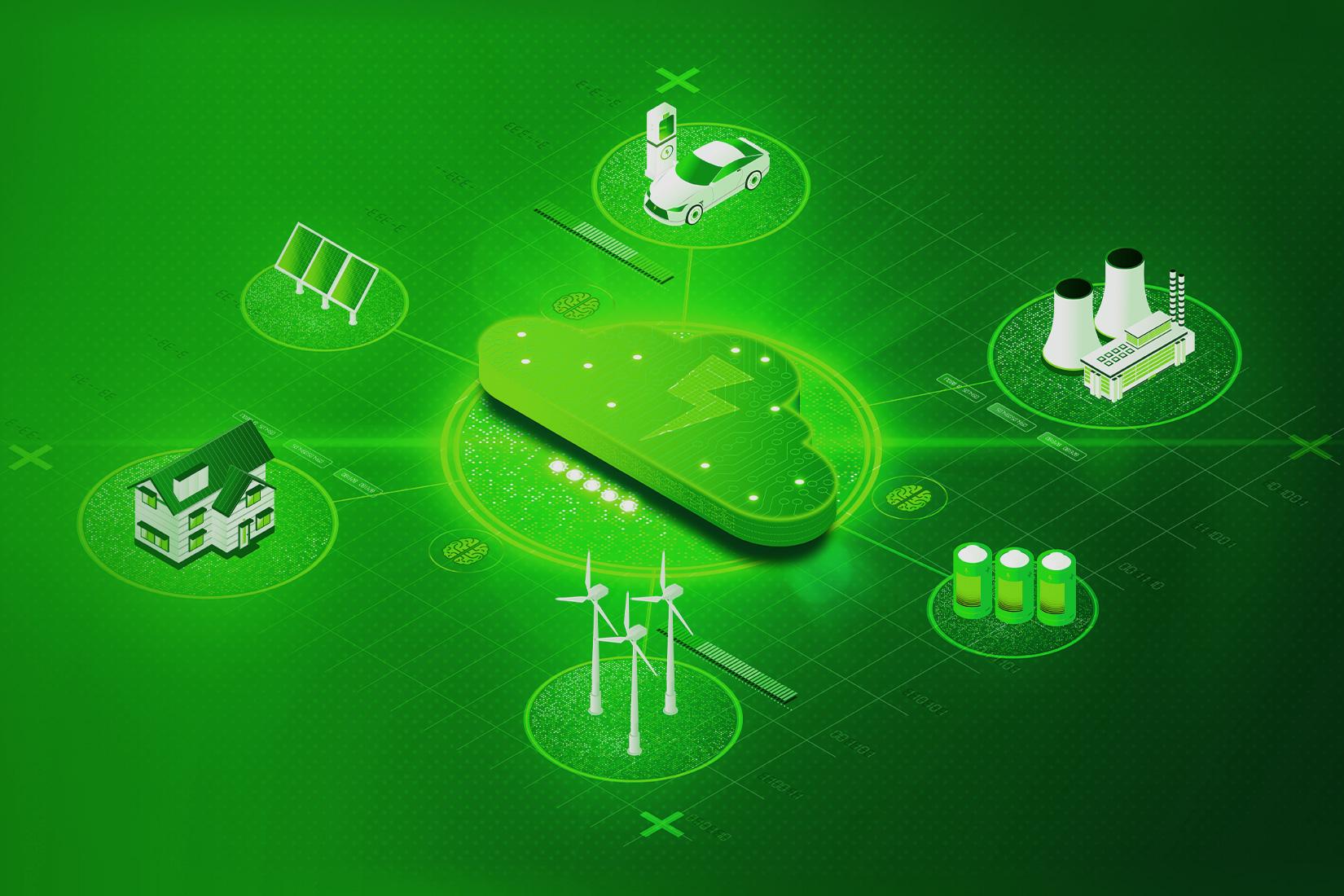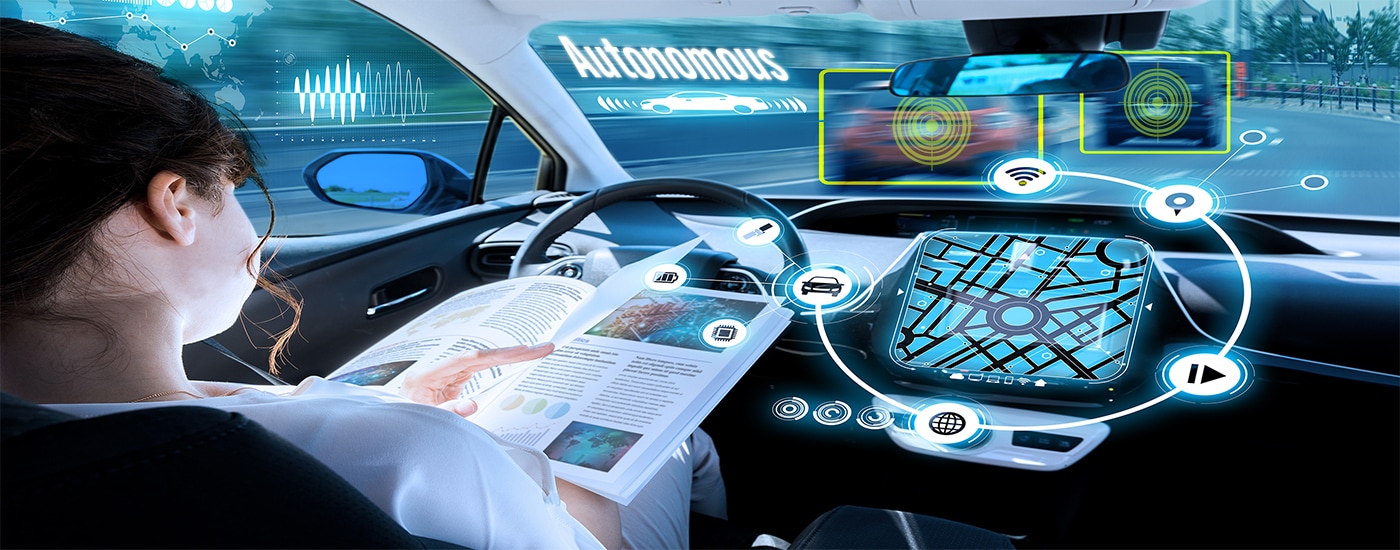
Sensor Fusions Support the Realization of Automated Driving Beyond Level 2
Development of automated driving systems is advancing at a rapid rate in the aim of creating a society offering new concepts in mobility. However, achieving high levels of automated driving technology beyond Level 2 will require various technologies in order to accomplish dead reckoning and 3D positioning. TDK is a manufacturer capable of supplying a diverse range of sophisticated sensor fusions to fulfill functions that would be impossible to achieve by combining stand-alone sensors, and continually leading the development of advanced technologies. Using its strengths in this field, TDK supports the realization of automated driving technologies beyond Level 2 by supplying motion sensors and newly-developed Coursa Drive software under the InvenSense brand, as well as barometric pressure sensors.
Dead Reckoning and 3D Positioning Present Challenges in Moving Beyond Level 2 of Automated Driving
The six-level classification (levels 0 to 5) of automated driving determined by the US-based Society of Automotive Engineers (SAE)1 has been adopted worldwide. Large numbers of mid-range vehicles are expected to be equipped with Level 2 systems from 2020 onwards, and the fitting of Level 3 and 4 systems to commercial and high-end vehicles is predicted to begin in or after 2025.
Levels 3 and above can be called true automated driving, in the sense of autonomous vehicle operation. This is because vehicles at these levels are equipped with an automated driving mode that can drive without human control. In plain terms, this mode enables humans to leave driving up to the vehicle and perform simple tasks such as checking emails.
Levels of Automated Driving
| Automated Driving Level | Dynamic Driving Task | Definition | System Capability |
|---|---|---|---|
| 0: No automation | Human driver | Driver performs all aspects of the dynamic driving task |
Some driving modes |
| 1: Driver assistance | Human driver | System executes either steering or acceleration/deceleration |
|
| 2: Partial automation | Human driver | System executes both steering and acceleration/deceleration |
|
| 3: Conditional automation |
System or human driver |
System performs all aspects of the dynamic driving task in some driving modes (human driver responds in an emergency) | |
| 4: High automation | System | System performs all aspects of the dynamic driving task in some driving modes (human driver not required) | |
| 5: Full automation | System | System performs all aspects of the dynamic driving task full-time (human driver not required) | All driving modes |
Source: Overview of the definitions of automated driving levels (SAE International J3016), Public-Private ITS
Initiatives/Road Map 2017, Cabinet Office of Japan
However, there are various challenges in making the jump from Levels 1 and 2 to Levels 3 and above, one of which is dead reckoning.2 Even in environments beyond the range of Global Navigation Satellite Systems (GNSS) such as the Global Positioning System (GPS), dead reckoning software processes data from a range of sensors to calculate vehicle position and movement, enabling autonomous navigation to the destination while maintaining highly accurate positioning. Further advances in sensor and software technology are required to raise functionality from the level of existing navigation systems to automated driving levels.
Another challenge in stepping up to automated driving is the need to supplement the 2D maps of conventional navigation systems with 3D digital maps that display positioning information showing differences in elevation, such as data on surface-level roads underneath elevated expressways, multi-level interchanges and parking structures. Development and creation of three-dimensional digital maps known as 3D dynamic maps,3 which display not only 3D positioning data but also dynamically changing factors such as traffic signals, pedestrians, and nearby vehicles, is already under way in many parts of the world. With the launch of 5G telecommunications services, such technologies are predicted to take shape in the near future.
Sophisticated Sensor Fusion Solutions Powered by Motion Sensors, Advanced Software, and Barometric Pressure Sensors
Motion sensors consisting of acceleration and gyroscope sensors are particularly crucial among the on-board sensors required for dead reckoning. Vehicle direction and orientation change from moment to moment due to factors such as bends, slopes, and lane changes; these changes in direction and orientation are detected by acceleration and gyroscope sensors. TDK’s IAM-20680HP is an in-car 6-axis motion sensor that harnesses MEMS fabrication to package a 3-axis acceleration sensor with a 3-axis gyroscope sensor. Capable of functioning at temperatures from -40 to +105°C, its quality is underpinned by the vast number of units sold, and it is highly rated worldwide.
Newly-developed Coursa Drive software supports highly accurate inertial positioning for autonomous vehicles. While measuring and maintaining vehicle position with a high degree of accuracy, it aids autonomous driving even beyond the range of GNSS signals and in environments where they are disrupted, such as tunnels, underground parking lots, and “urban canyons” between buildings. Through sensor fusions combining motion sensors with Coursa Drive, TDK is making remarkable advances in dead reckoning technology.
TDK also offers a line-up of MEMS capacitive barometric pressure sensors featuring ultra-low noise and superior temperature stability. These sensors enable highly accurate 3D positioning by adding data obtained from 3D dynamic maps to data on differences in elevation detected by barometric pressure sensors. TDK sensor solutions advance automated driving technologies beyond Level 2 by facilitating dead reckoning and 3D positioning. We supply a diverse range of advanced sensor fusions that would be impossible to achieve by combining stand-alone sensors.
Dead Reckoning Technology Powered by Motion Sensors and Coursa Drive
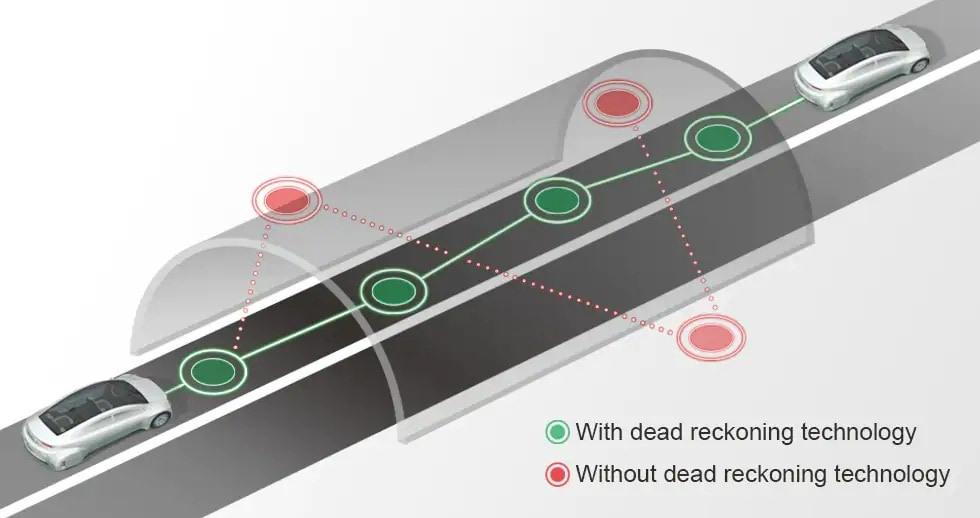
TDK Sensor Fusions Support Automated Driving
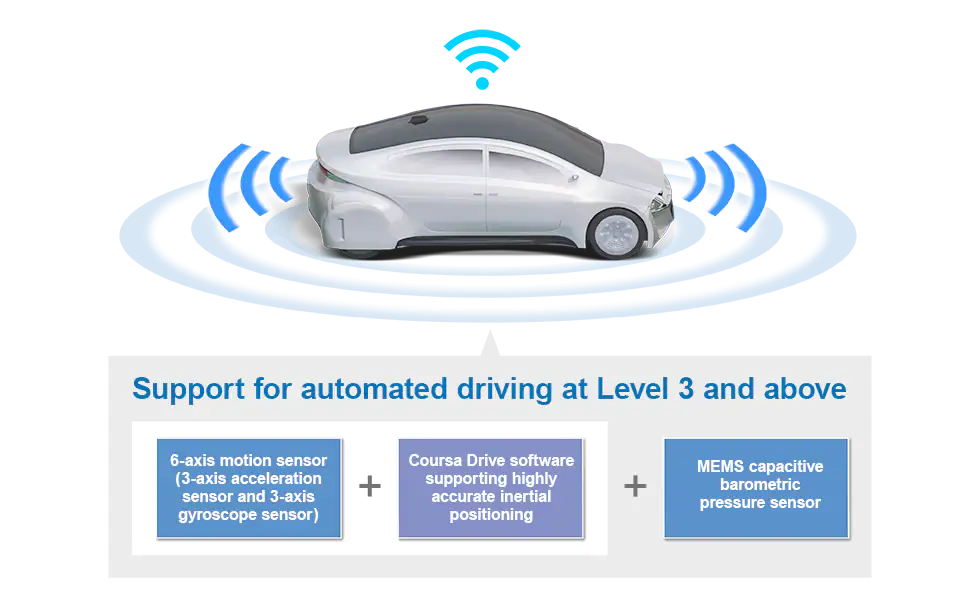
IAM-20680HP 6-axis Motion Sensor

Product Center
Terminology
- SAE (Society of Automotive Engineers) is an international body with a membership including automotive engineers from around the world.
- Dead reckoning is the function and technology of measuring vehicle position and direction solely with equipment fitted on the vehicle itself, chiefly using sensors and software.
- 3D dynamic maps combine highly accurate 3D map data with positional data such as information on congestion and traffic restrictions due to accidents. Moves are under way in many countries to provide standardized, highly accurate maps for automated driving.
- LGA (Land Grid Array) is a type of surface-mount packaging for semiconductors. Instead of solder, the underside of the package has a grid array of minute flat contacts.

